Grouper spawning reaches into classrooms
(CNS): Local and international environmental experts have begun the fourth annual Grouper Educational Programme (GEP). Organised by the Department of the Environment (DoE) and the Reef Environmental Education Foundation (REEF), GEP is a marine sciences curriculum for Caymanian intermediate elementary, middle and high school students to teach them about the environmental significance of the species and the challenges it faces in the face of rapidly declining numbers.
Launched in 2012 as part of the Grouper Moon Project, GEP focuses on bringing Nassau grouper into Cayman classrooms through lesson plans and interactive live-feed video sessions that connect students with scientists in the field, the DoE said in a release. Given the vital role of Nassau grouper as an apex predator and its endangered species status, DoE and REEF scientists say it is imperative to raise awareness about their spawning aggregations and to help build support for the value of Nassau grouper beyond a fishery resource.
The GEP has become a successful component of education programmes at 17 Caymanian schools. It has been expanded to several schools and educational organisations in The Bahamas and Turks and Caicos and now reaches over 200 students. In order to support participating teachers and provide professional development, educator workshops were held on Grand Cayman and Cayman Brac in 2011 and 2015. Working closely with the Cayman Islands Department of Education, the workshops have enabled organisers to effectively engage public school teachers and their classrooms.
“These successful workshops have trained over 30 teachers in the programme. This year looks to be the most successful yet, as we continue to expand in to more classrooms while further developing the educational programme on the Sister Islands,” the DoE said.
Three live and interactive video feed sessions took place this week. Two of them were of scientists diving underwater — one on the Little Cayman Nassau Grouper Spawning Aggregation and a second from one of Little Cayman’s world famous dive sites. A third showed scientists topside at their base of research operations on Little Cayman.
The GEP curriculum presents a multi-faceted view of Nassau grouper in which students create their own understanding of this important fish. Key curricular concepts include the historical role of the species as an artisanal fishery throughout the Caribbean region, the grouper’s value as a keystone predator and its impact on local reef health, its role in today’s tourism-based economy in the Cayman Islands, and the conservation challenges facing Nassau grouper given steep declines in populations.
While the bulk of the lessons take place over the course of the two weeks in January and February, when REEF scientists and DoE staff are working at the spawning site, organisers say they have developed a set of pre-activities to help build background knowledge as well as follow-up lessons to help deepen the students’ learning experience.
Visit this blog for timely updates, images and videos and for discussion
The primary objective of the Grouper Moon Project is to evaluate the importance of Nassau grouper spawning aggregations to local fisheries and coral reef ecosystems. Little Cayman is home to one of the last known, and largest, Nassau grouper spawning aggregation. For ten days following winter full moons, thousands of large grouper meet at known reef sites for short periods of time (days to weeks) and release their gametes in massive spawning bursts.
Since 2002, REEF and DoE have coordinated the Grouper Moon Project. The project has grown in scope to include an ambitious acoustic tagging research project, juvenile habitat and genetics studies, and oceanographic connectivity research.
The curriculum was developed to complement the research and scientific efforts of the Grouper Moon Project. Grouper Moon educator, Todd Bohannon, along with Grouper Moon scientists Brice Semmens, Ph.D. (Scripps Institution of Oceanography), Christy PattengillSemmens, Ph.D. (REEF), and Bradley Johnson (DoE), have led the educational effort.
Activities were developed in consultation with teachers at Cayman Prep on Grand Cayman, Verity Redrup and Brenda Bryce, and Cynthia Shaw, author of the youth fictional book, Grouper Moon.
The education programme of the Grouper Moon Project is supported by a grant from the Disney Conservation Fund. Generous logistical support is provided by Little Cayman Beach Resort, Reef Divers, Southern Cross Club, and Peter Hillenbrand. FLOW Cayman sponsors the 4G connectivity to make the live-feeds possible.
Schools participating in the 2016 program are:
GRAND CAYMAN
Cayman Prep Junior School
Cayman Prep High School
John Gray High School
John A. Cumber Primary School
East End Primary
Prospect Primary
Savannah Primary
Clifton Hunter High School
First Baptist Christian School
St. Ignatius Catholic School
Edna M. Moyle Primary School
Cayman Islands Further Education Centre
CAYMAN BRAC and LITTLE CAYMAN
Layman E Scott Senior High School
Spot Bay Primary School
West End Primary
Little Cayman School
TURKS and CAICOS
Enid Capron Primary School
Marjorie Basden High School in South Caicos
UNITED STATES
Thornton Creek Elementary, Seattle, WA
The Center School, Seattle, WA San Diego
Cooperative Charter School, San Diego, CA
Category: Marine Environment, Science & Nature

















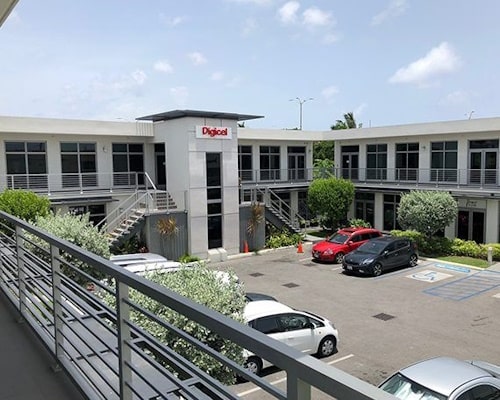
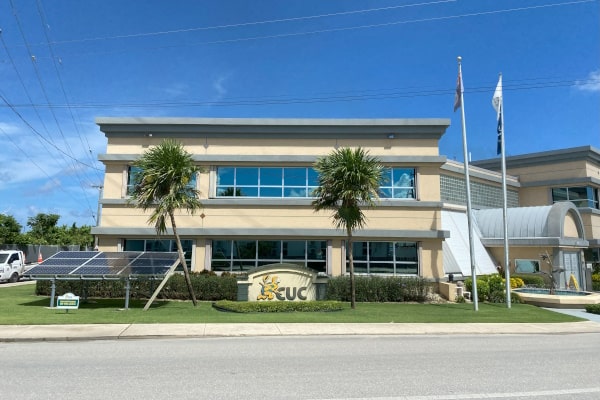
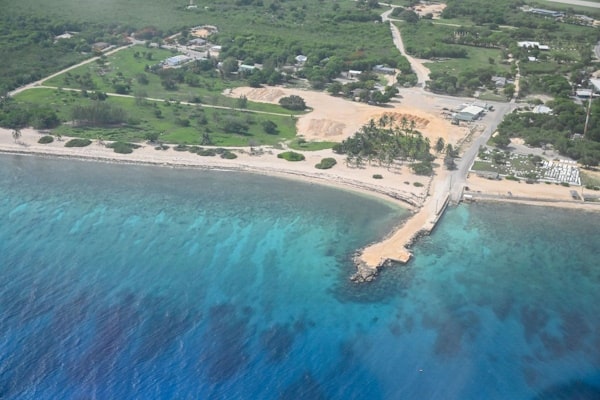




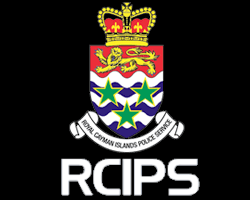


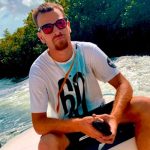
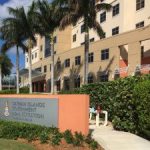





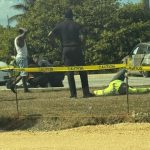


@ 9:12am , I think that kind of handout should be the only kind of handout ever given out in the Cayman Islands. I am really happy to see some readership and disgusting on this very important program that could really help to help sustain a healthy environment and resources for the benefits for the future and everyone, but please let us stay on the subject. Grouper spawning program into the classrooms, a fish that is very good, and taste so good, I think that any fish eater would agree, and even if you are not a fish eater ,they are pretty fish to see in the water . Most of all let us learn something about the grouper fish.
Jailing some of their parents for illegal fishing would be a good step too.
Pornography in the classroom in this God fearing land! Theses days I suppose they will want to show gay grouper too. I for one am not putting up with that! Next you will have gay Caymanians and we know the Lord blessed us with none of those.
They will be talking about evolution next. The horror.
More than enough spawning appears to be taking place in the classroom already.
This is very a important program to have in the schools today to teach and educate the future generation about the importance of the marine conservation / environment to sustain a healthy environment for the future. I hope that this program could also done in public to also educate on the importance.
Agreed, however it;s also on the parents to teach the youth responsibility towards our natural resources, and all too often they don’t, choosing instead to instill the entitlement attitude of “I am Caymanian, I will take what I want, when I want it, form the sea”. Everything starts with the home they are brought up in.
There’s a big link-box in the middle of the story saying ‘the hangouts can be viewed live here’. In other words the same thing is available to the public. I guess they just assumed that the adults didn’t have to be rounded up and put in classrooms. Something about leading a horse to water no doubt.